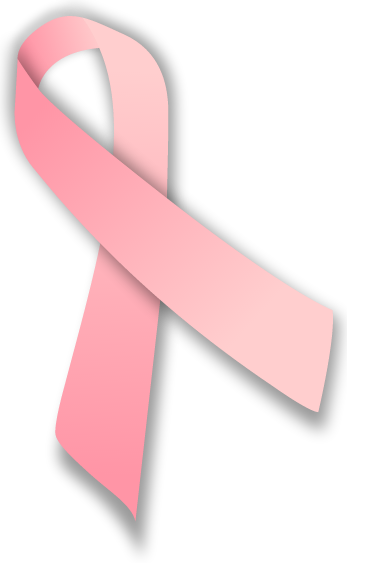While it sometimes seems like October is all about fall and pumpkin-related everything, there’s more to this month than preparing for Halloween and enjoying the fall weather. October is also Breast Cancer Awareness Month, and each year our nation uses this month to remind the public about the prevalence of breast cancer, as well as what can be done about it.
According to Nationalbreastcancer.org, one in eight women will be diagnosedwith breast cancer in their lifetime, making it the most commonly diagnosed cancer that predominantly affects women. Unfortunately, it’s also the second leading cause of death among women. And while breast cancer in men is rare, an estimated 2,150 men will also be diagnosed with breast cancer each year.
 These statistics show that simply being aware of breast cancer is not enough. More and more, medical professionals like us are calling for Breast Cancer Awareness Month to be more than an awareness opportunity. Instead, we want October to become an important reminder to women and men alike that they need to take certain steps to evaluate their personal risk and create a plan that will help them avoid developing breast cancer – and will also help them detect it sooner should it form.
These statistics show that simply being aware of breast cancer is not enough. More and more, medical professionals like us are calling for Breast Cancer Awareness Month to be more than an awareness opportunity. Instead, we want October to become an important reminder to women and men alike that they need to take certain steps to evaluate their personal risk and create a plan that will help them avoid developing breast cancer – and will also help them detect it sooner should it form.
So this October, make it a point to do more than contribute to local breast cancer campaigns or fundraisers, and do your part to take care of yourself by:
Registering with a primary care provider. Your primary care doctor is a huge resource when it comes to dealing with breast cancer. In addition to evaluating your risk of developing the disease and helping to schedule or recommend where to go for a mammogram, new research has enhanced primary care doctors’ abilities to screen higher-risk individuals. Primary care doctors can also recommend lifestyle changes that will help reduce your risk of developing breast cancer.
Scheduling mammograms. Today mammograms, or x-rays of the breast tissue, remain the most effective way to detect cancer as early as possible. These machines are used both during normal screenings and after a lump has been found that requires further examination. Currently, The American Cancer Society and several other organizations recommend that women start going to annual mammograms at the age of 40. Though ultimately, you must decide when to begin screenings and how often to receive them based on your personal needs. Discussions with doctors about your risk can help determine when to begin getting mammograms, as well as how often they’re needed.
Reviewing your family history. A family history is known to increase the risk of developing breast cancer. According to cancer.org, “Having one first-degree relative (mother, sister, or daughter) with breast cancer approximately doubles a woman's risk. Having 2 first-degree relatives increases her risk about 3-fold.” Be sure to discuss this history with your doctor if any family members on your mother or father’s side of the family developed breast cancer, as this can affect your personalized mammogram recommendations.
Knowing your exact overall risk of developing breast cancer. While Breast Cancer Awareness Month tells us what might affect our breast cancer risk, knowing generalized risk factors doesn’t replace knowing our personal risk. By working with your doctors to review the risk factors present in your life, you can receive a complete picture of your breast cancer risk.
Most importantly, we urge each and everyone one of you to go to your doctor, no matter how afraid you might be to do so. Too many women avoid testing out of fear when early detection is what ultimately makes the most difference in terms of treatment options and the final outcome. So don’t put your care off another day – make this October the month that you take action for yourself!

